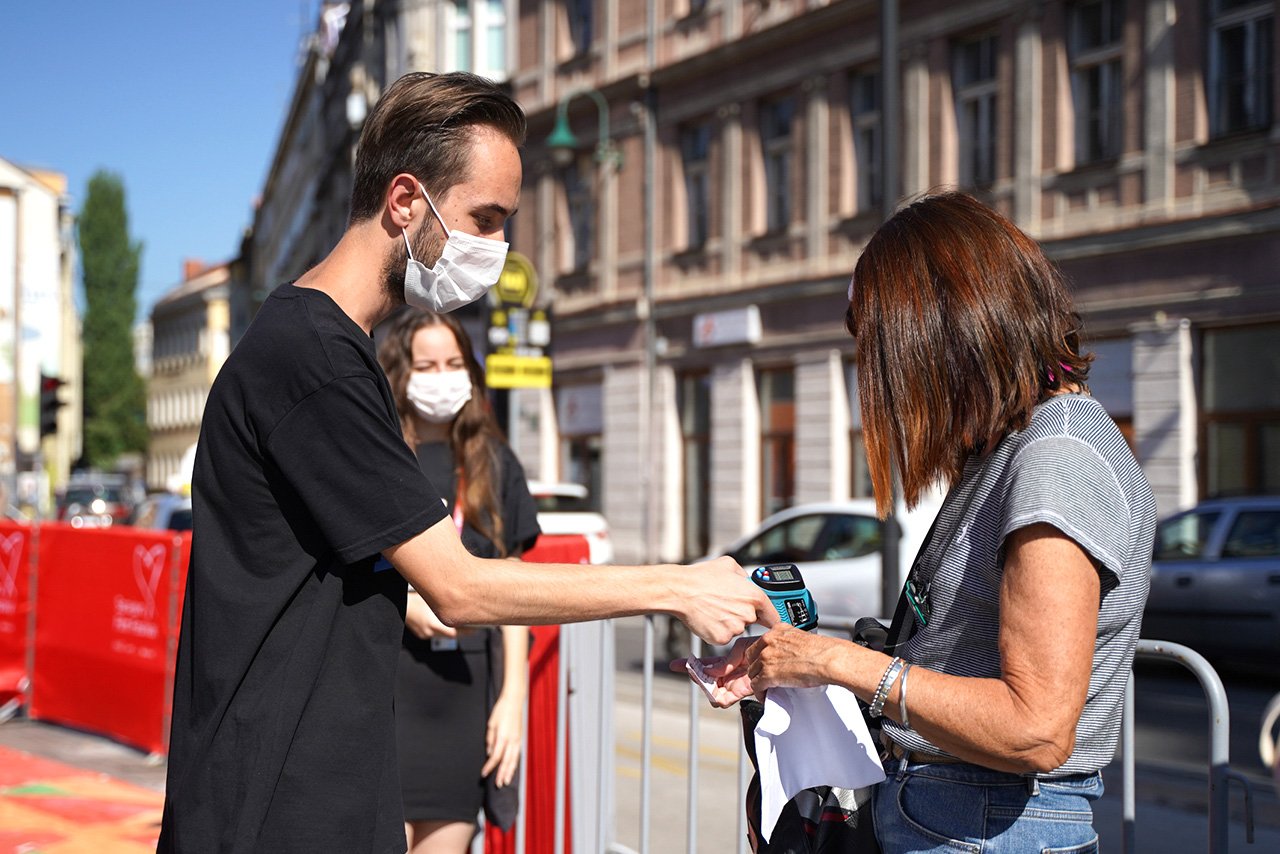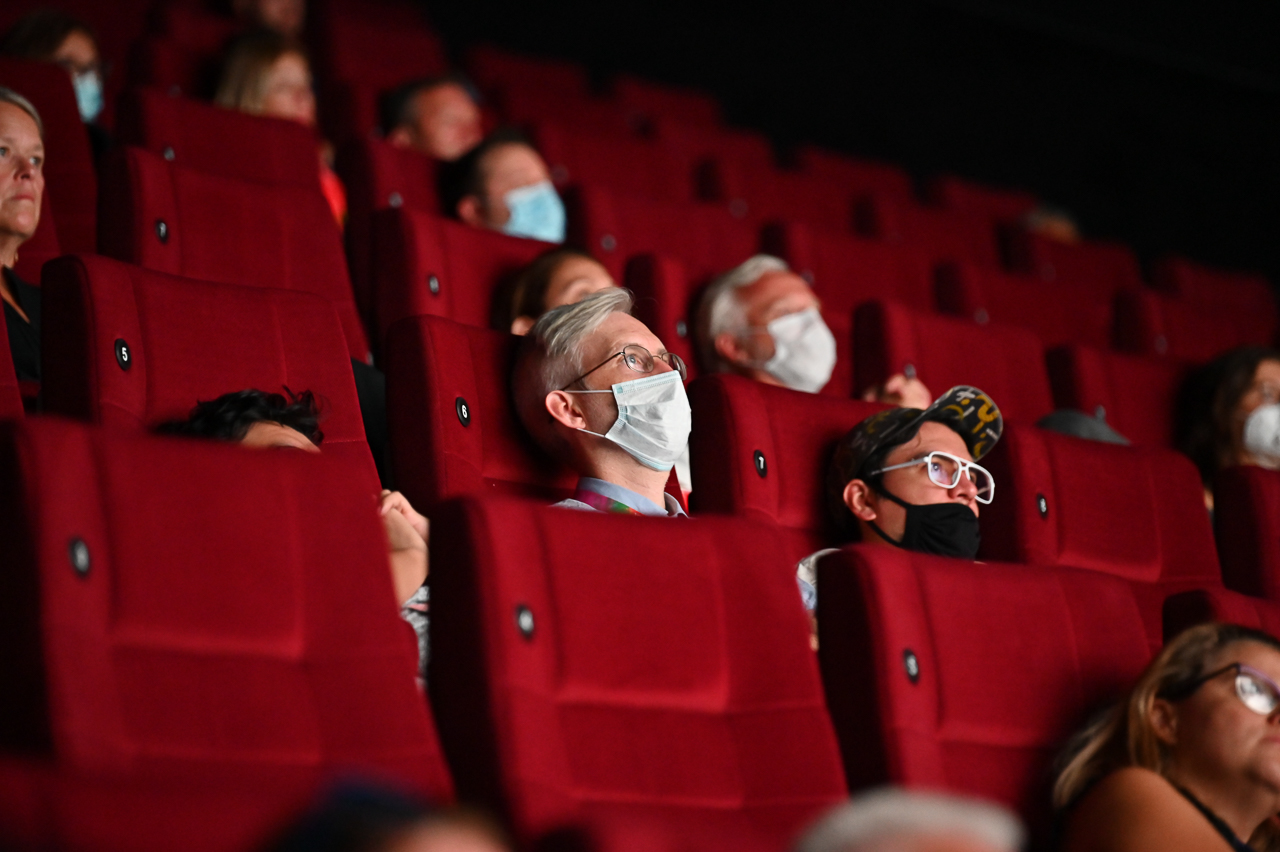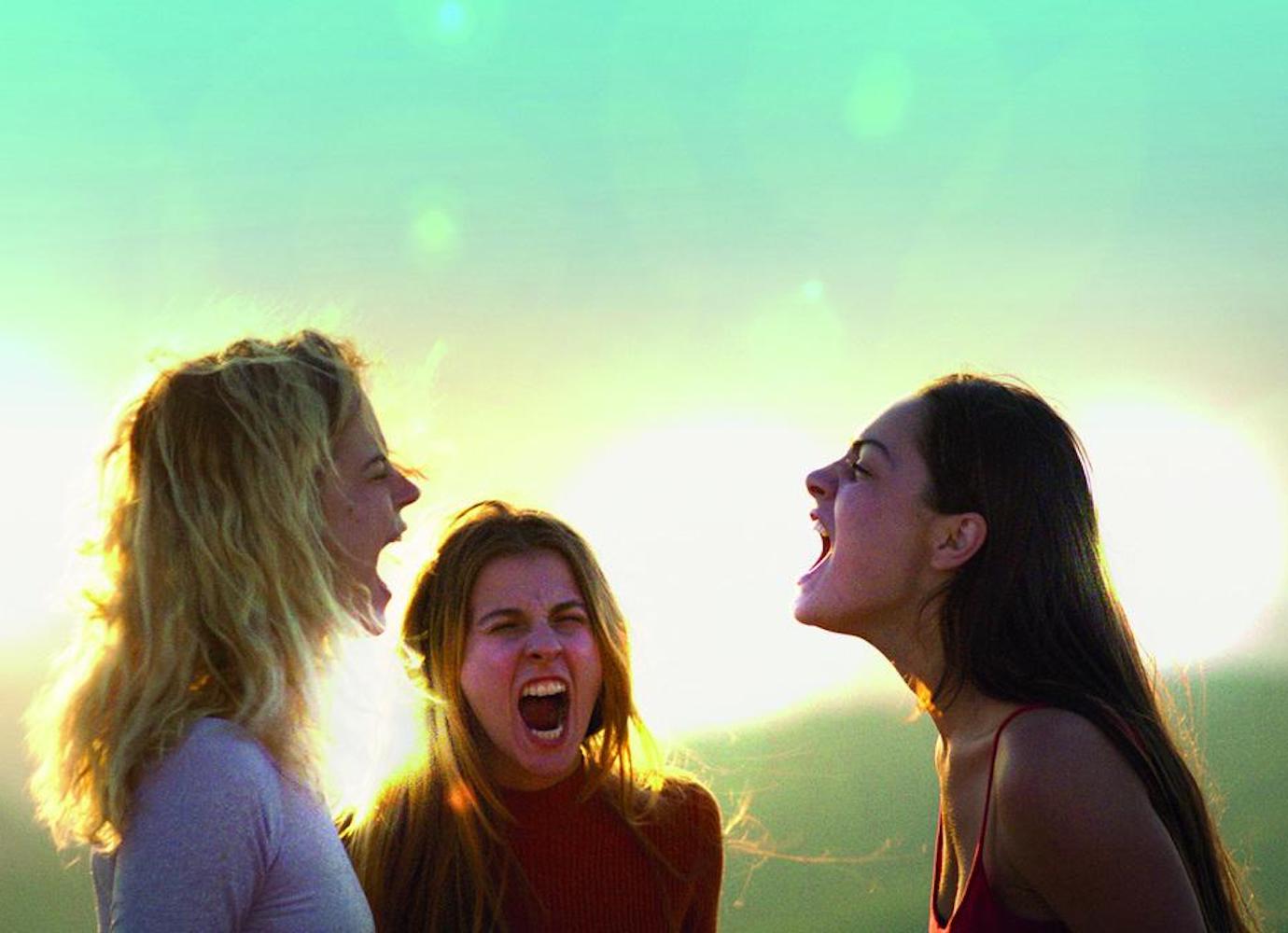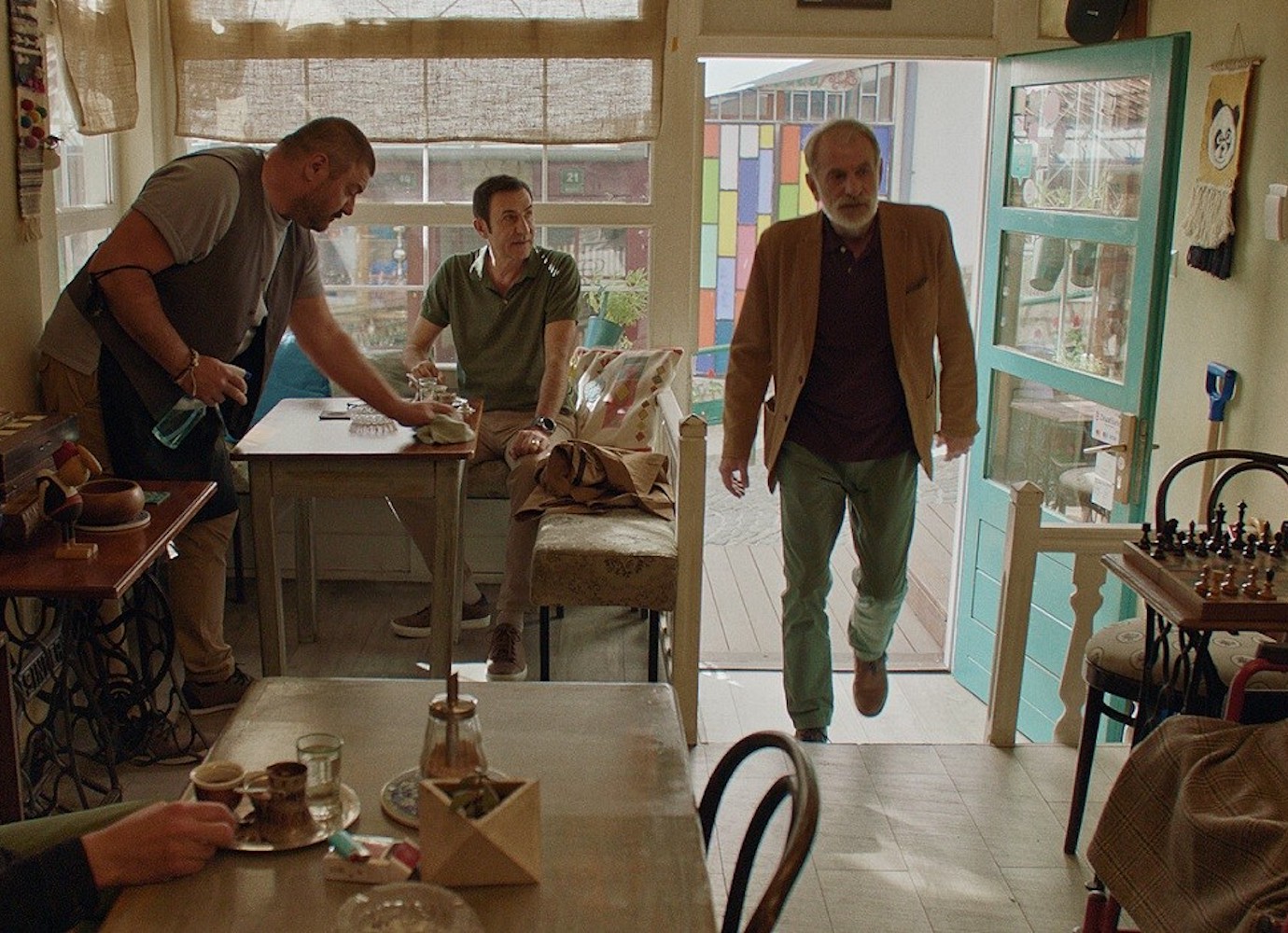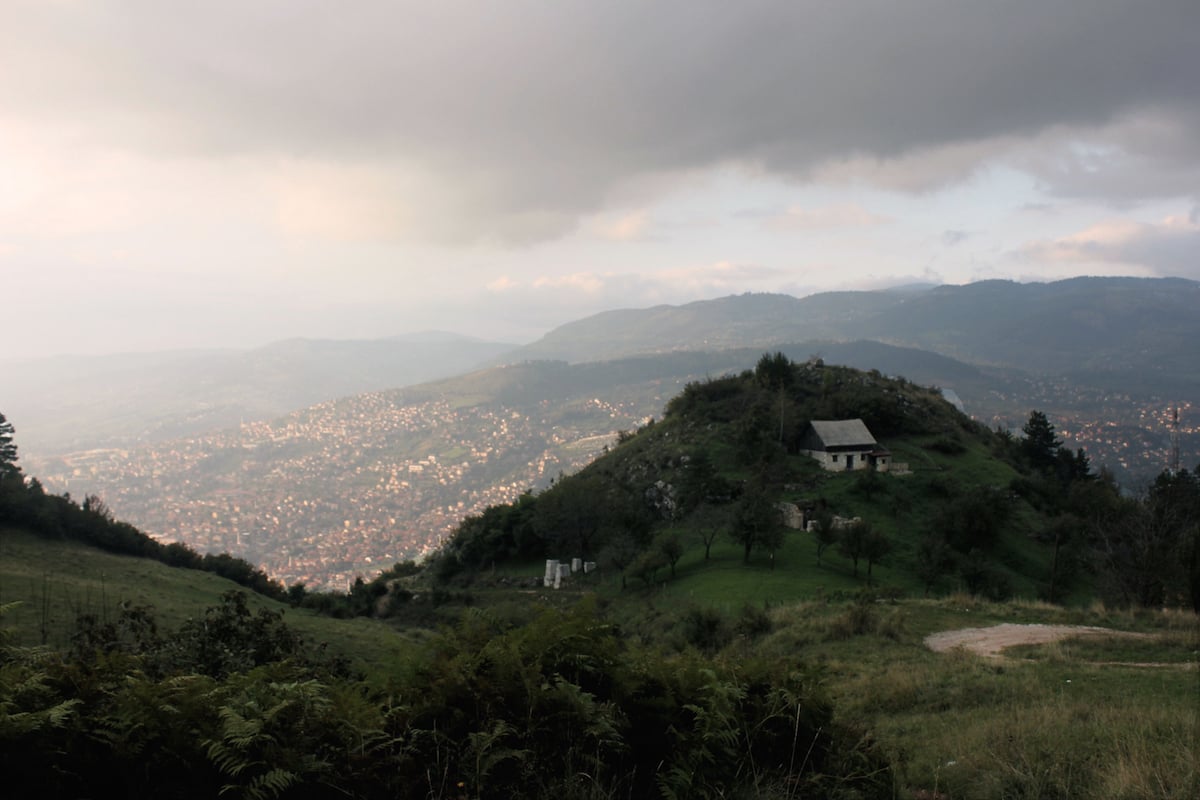Letter from the Sarajevo Film Festival: how cinema brought new life to the heart of Bosnia and Herzegovina
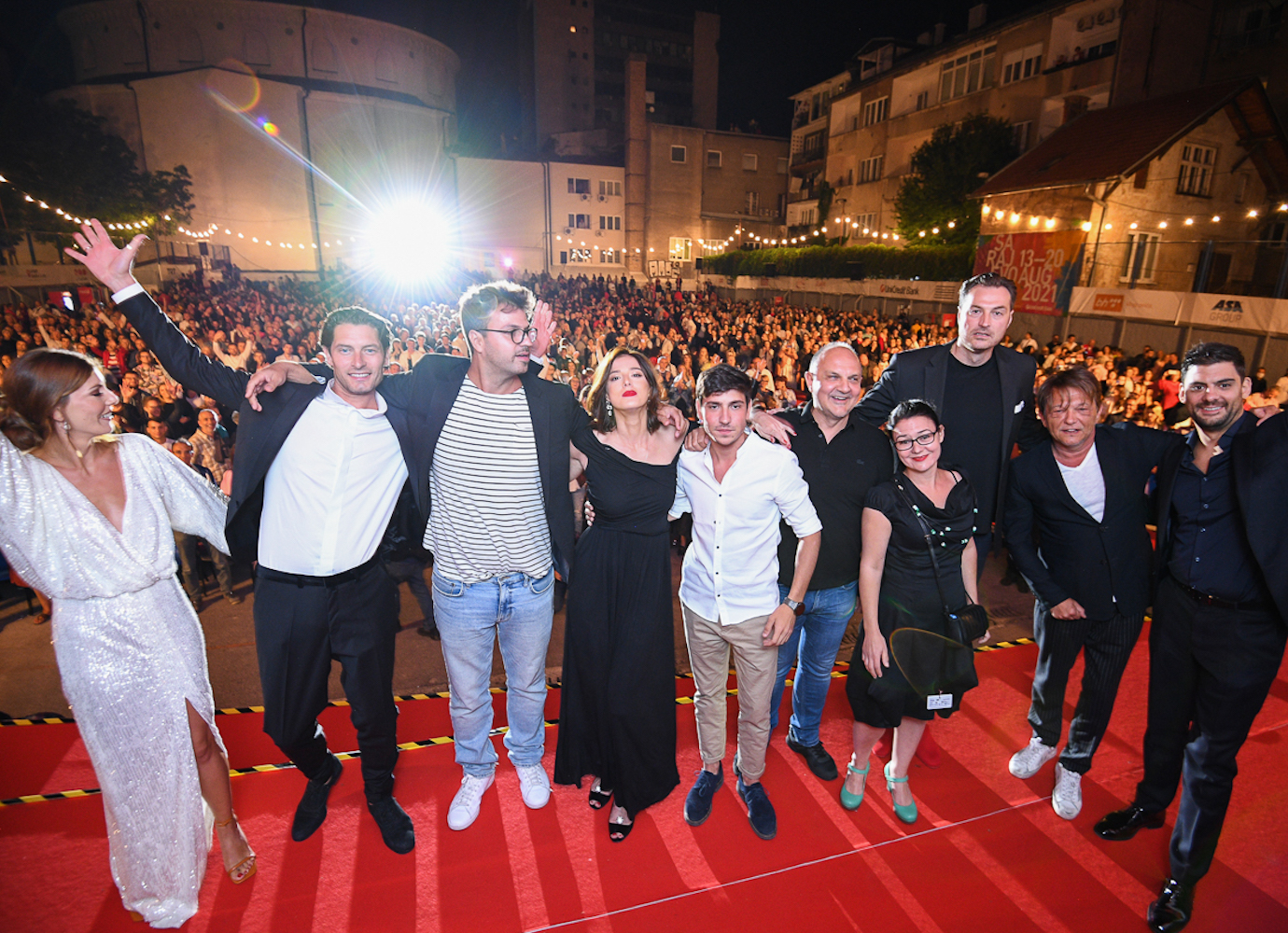
Ask any bar owner keeping watch on Sarajevo’s long Branilaca thoroughfare, and they’ll tell you: “this city comes to life during the film festival.”
Now in its 27th edition, the Sarajevo Film Festival has become one of the most important film festivals in south-east Europe, with hundreds of films showcasing in cinemas and open-air spaces across the Bosnian and Herzegovinian capital.
Last year, when the Covid-19 pandemic hit the country, the festival took place online instead of in-person for the very first time. Sarajevo became a ghost town during its once bustling summer months, many bars and hotels shutting down for good.
This month, the city revelled once more in the country’s biggest cultural bonanza. When the evening’s screenings finally conclude, Sarajevo’s bustling Branilaca is fully pedestrianised, leaving carnivalesque crowds free to roam amid a cacophony of music.
It is not only filmmakers who are celebrating. The festival sees hotel prices skyrocket as tourists and visitors flock into town. Cafes, bars, and restaurants — of which there are plenty, testament to Bosnia and Herzegovina’s widespread coffee culture — are full and lively.
Writer and film critic Arman Fatic, part of the festival press office, is not surprised to see the festival bounce back. “Last year, we held our final screening for the organising team, rather than the thousands of people we are used to hosting,” he says. “The festival director, Mirsad Purivatra, got up and told us: ‘The Sarajevo Film Festival was set up as an act of resistance. It has remained so today’. I almost cried.”
The Sarajevo Film Festival was first founded in 1995 — during the last year of the Siege of Sarajevo — as a life-affirming event. Organisers initially set up a project called War Cinema in a city centre basement where they screened films to citizens who had been under blockade for more than three years. In order to reach the cinema itself, visitors had to walk through a hole punched through the wall by a falling shell.
Until the cinema opened, Sarajevans had been struggling to survive, says Almir Palata, the Sarajevo Film Festival’s former technical director. “The moment the cinema opened, we began to live,” Organisers wanted to turn War Cinema into a summer festival, so that they could use “movies to celebrate life,” explains festival director Mirsad Purivatra. The siege ultimately delayed the launch of the first edition, pushing it back to the end of October, 1995. Less than two months later, the Bosnian War ended.
The Sarajevo Film Festival, however, continued. Over 26 summers the number of attendees has grown from 15,000, to an astonishing annual audience of 100,000.
More importantly, the festival has become a staple identity for Sarajevan identity. Twenty-nine-year-old Fatic has attended every edition since 1996, when he was only four. “It was my first experience of cinema as a child. My mother took me to see [Disney’s animated] Hercules, and other cartoons. I was mesmerised.”
As an adolescent, Fatic honed his understanding of cinema by joining the arthouse film club led by Obala Art Centar, the same organisation that runs the festival. Then, in 2015, he became part of the festival staff: first as a volunteer, and soon after, as a member of the media team. He wrote his first film reviews thanks to the festival’s talent programme, which helps young film professionals develop their skills and knowledge through masterclasses. Today, Fatic lives in Ljubljana, and has plans to move to Zagreb in the near future. But each summer, the festival draws him back to Sarajevo for a couple of months. “It’s my favourite time of the year, when Sarajevo is at its best,” he says.
These opportunities for local people, whether through networking, education, volunteering, or employment, have built a sturdy foundation of support for the festival throughout Sarajevo. During my stay, I interviewed the city’s curators, artists, and writers — all of them have enthusiastically attended the festival throughout the years. Many also get temporary jobs. “For my seven days’ work at the festival, I earn the same as what I’d usually get an entire month at any other time of the year,” says contemporary artist Kemil Bekteši, who worked on the red carpet for the festival’s 27th edition. Others, such as artist Alma Gačanin, pay the bills by translating film subtitles, working long days for more than a month ahead of the festival.
Such income is desperately needed. The Bosnian and Herzegovinian government provides little economic support to the country’s cultural sphere — even national museums, including the History Museum of Bosnia and Herzegovina and the National Gallery, don’t receive enough to pay staff salaries. As a result, these institutions function a little like NGOs, hiring out their spaces and applying for grants in order to survive. The independent art sector is in an even more precarious position, often lacking real exhibition spaces. The capital’s other big international festival, November’s Jazz Fest Sarajevo, has received no state funding for the past two years.
With a third of its budget provided by the authorities, the Sarajevo Film Festival is both somewhat of an outlier, and a lifeline. (Another third of their funding comes from private sponsors, while the rest is from box office sales.) It is a situation which causes some anger: if the Sarajevo Film Festival was not so dominant, other cultural initiatives would likely get more funding.
For now, it is not a question that creatives are keen to probe. The sheer starpower of the Sarajevo Film Festival makes it difficult to resist. A scattering of stardust is a welcome boost to a city still trying to shake off its image as a place of conflict.
Angelina Jolie attended in 2012 to promote her film In the Land of Blood and Honey, set in the Bosnian wars. (The actress’s visit saw the red carpet installed in front of the National Theatre, where the festival’s main evening screenings and award ceremonies take place.) Robert de Niro, Orlando Bloom, and John Malkovich have also attended in the past.
Some members of the local bohemia dislike the glitz these stars have brought to an event that started as an arthouse, community event. Novelist Faruk Šehić remembers discovering directors such as Lars von Trier thanks to the festival in its early days. “I liked it more then, when it was smaller,” he tells me. “Now there is too much glamour, dressing up.”
But others, including Fatic, think the Hollywood guests help the festival reach wider, more mainstream audiences, people who, seduced by the big names, come to see art films they wouldn’t otherwise watch. Most crucially of all, many of these films are made in the region, allowing local people to see both themselves, and their own authentic stories, on screen. The Sarajevo Film Festival has been key in expanding the South-East European film industry by encouraging co-productions, and connecting film crews with production companies able to sponsor their projects at their CineLink Industry Days, the industry section of the festival. “I think these stars matter for the wider public and for politicians, but I am glad that our competition programme and young talent workshops are focused on regional filmmakers,” Fatic tells me. “We want to encourage young talent.”
If nothing else, the Sarajevo Film Festival stands as proof of cinema’s power to unite. Last week, I attended the festival’s closing event, the world premiere of the Serbian film Toma, with an audience gathered from across the Balkans. Screened in a massive courtyard near the National Gallery, with the full moon shining between socialist-era tower blocks, the biopic of Yugoslav-era folk music star Toma Zdravković saw hundreds of people rise to their feet in applause. The ovation lasted for many minutes.
In an attempt to avoid the post-screening crowds, I strolled to the banks of the Miljacka, the slowly flowing river that cuts through the city, rather than the busy Branilaca street. As I walked back to my hotel, I heard accordion music spilling out from a small tavern, Bistro Cumurija. Smiling, the crowd invited me in, shouting, “Film festival! Film festival!” It was a surreal experience, like watching a film I’d just seen re-enacted on the streets. Sarajevo does not just come to life with the film festival; it also appears on the big screen. And for those of us who come from underrepresented cultures and communities, that is no small thing.
Open Air Cinema in Stari Grad
